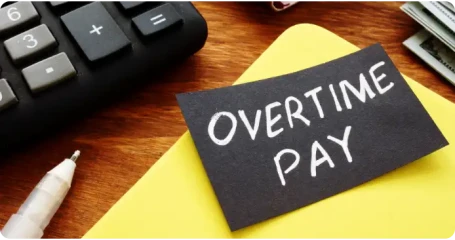No matter what industry you work in, mastering the art of communication is crucial whether you’re assigning a task to your employees or outlining project objectives. How and what you say should go hand in hand.
Communication can be critical when managing an hourly workforce with changing rosters, shift updates, season highs, and lows. In this post, we will provide four types of communication and why each one should be considered just as important as the other.
Why is Communication Important?
Communication in the workplace can help nurture both individual and team success. When you instil the right communication skills, you can prevent misunderstandings and tension and help your employees work as a team.
A good leader knows how to use communication to build up their team, encourage growth and inspire their employees to share any concerns or questions they might have. While most people might think they are good at communicating, it should be a skill constantly worked on to receive the most benefits. So now, let’s get into the four types of communication.
The 4 Types of Communication
Verbal
Verbal communication is likely the form of communication we feel we do well. In its essence, it is the transfer of information using language through speaking or sign language. We use verbal communication over the phone, on video, during presentations, and when we’re delegating tasks.
Here are a few ways you can improve your verbal communication:
-
Avoid filler words such as “like”, “um”, “so”, or “yeah”. When you think you might need to use one of these, try taking a breath instead.
-
Use active listening. Instead of just listening to answer, listen to understand and then try to ask questions.
-
Keep the language simple and fluid. Using big words doesn’t make you sound authoritative. It can be confusing and hard to follow.
-
Act confident and use an appropriate volume. Don’t yell or whisper, and hold eye contact to ensure the person is listening when you’re speaking.
Nonverbal
Nonverbal communication can be intentional or unintentional. It uses body language, gestures, and facial expressions to understand how someone might feel or what they might be thinking. Body language is a good indicator of feelings as it can either say someone is feeling ‘closed’ or ‘open’.
Here are a few things to note to improve your non-verbal communication skills:
-
Notice how your emotions affect you physically. For example, are you feeling angry and clenching your fists, or are you sad with your shoulders slumped?
-
Try to be intentional about your non-verbal acts of communication. If you’re approaching a challenging chat with an employee, keep your body language open and understanding.
-
If there are non-verbal cues you find effective in the workplace, then mimic those.
Visual
Visual communication is the act of using physical objects to help convey your message. They can be used as an aid during a presentation, onboard new employees, or showcase an example of performing a specific task. They provide context when used alongside verbal and non-verbal and can help some people to consumer information.
Here are a few things to think about when using visual communication:
-
Only use visual tools if they provide value. Avoid the visuals to distract from the message and make it more confusing.
-
Ensure they are straightforward to understand. Visual aspects should support the presentation, not detract from it.
-
Consider your audience. Would it be helpful for your new employees to see a visual example? How would it help them to understand your topic better?
Written
Beyond speaking, showing, and listening, there is the act of written communication. We perform this type of communication through writing or typing letters or numbers to convey information. We use this form of communication in addition to the others to share information.
Here are a few things you can do to get it right every time:
-
Always aim for easy-to-read and straightforward language. Focusing on simplicity will keep it easy to understand for your audience.
-
Choose the right tone of voice. Every voice style might be translated slightly differently by each audience, so choose a manner that is easy to understand.
-
Consider a grammar checker. Always take the time to edit your written communication and if you want a second pair of eyes, consider installing a grammar checker.
-
Templates are your friend. Save the communication you often use that works well as a template so you can save time and streamline your processes.
Summary
To help you improve your communication, try setting personal goals and then analysing your results. You can test this in your everyday communication with your team, email communication to clients a weekly presentation you give to the board.
For more helpful reading, consider this post here:
Want to build more effective communication with your team? Download our Free HR Toolkit, which has templates to help improve communication with your employees.



